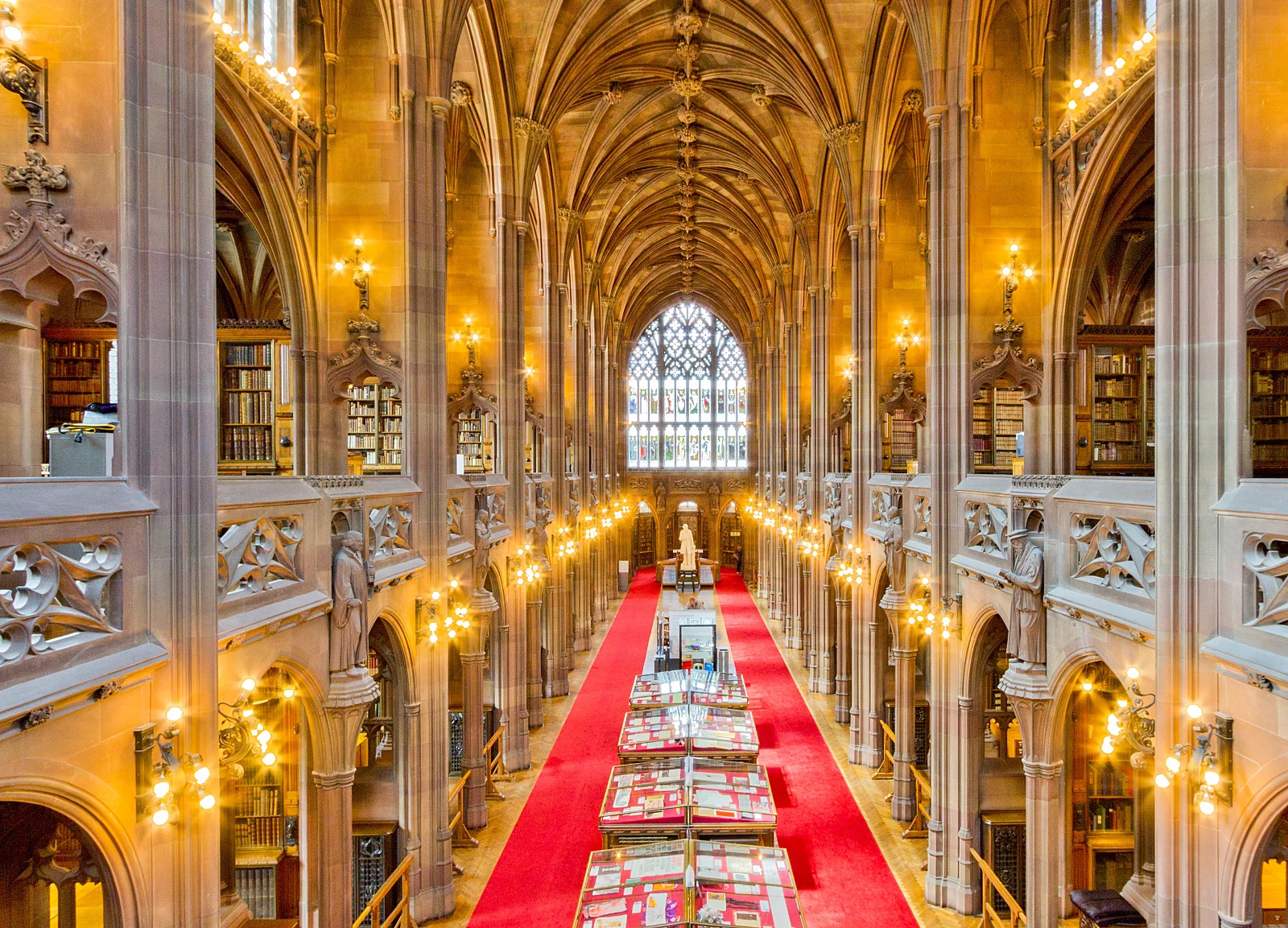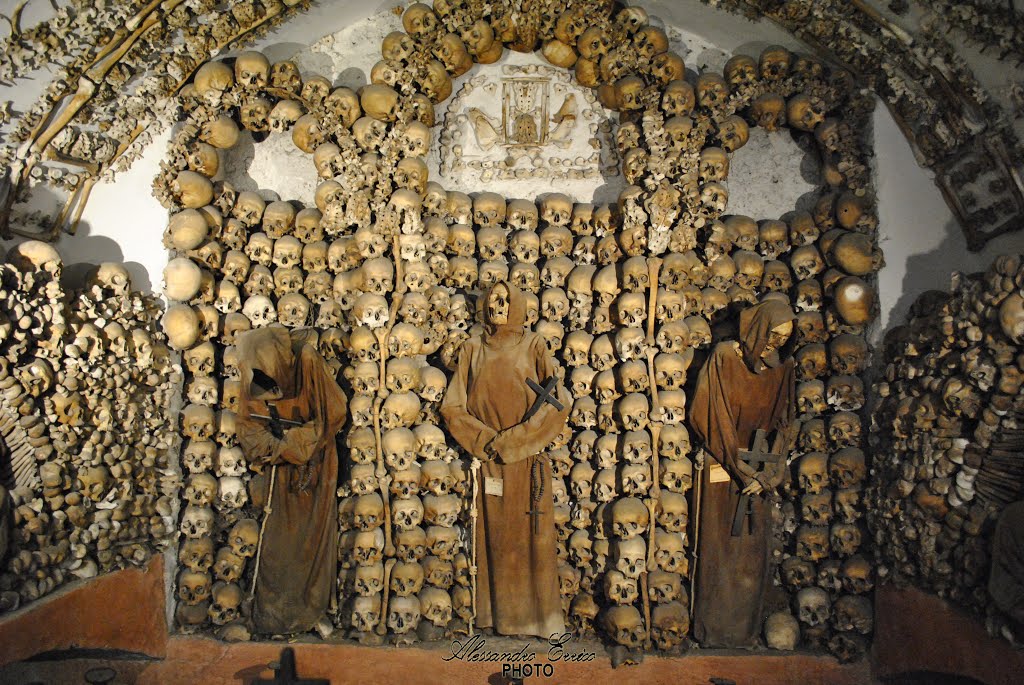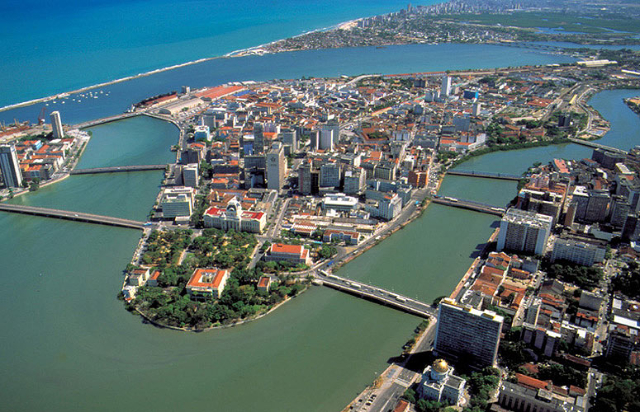John Rylands Library is part of the University of Manchester and stands on Deansgate, the city’s main thoroughfare. Owner of Britain’s largest textile factory in the late 19th century, Rylands was Manchester’s first multi-millionaire. After his death in 1888, his widow Enriqueta Rylands undertook a memorial to her late husband that would be a lasting gift to the city of Manchester.
The resulting John Rylands Research Institute and Library is just that, both architecturally and academically. The building, commissioned in 1889, is considered one of the most outstanding examples of neo-Gothic architecture in all of Europe, while seamlessly incorporating Arts and Crafts details and Art Nouveau metalwork.
Within its rich Victorian neo-Gothic architecture, which gives it the appearance of a castle or cathedral, it holds one of the most extraordinary collections in the country of medieval and religious manuscripts, rare prints and even documents and personal letters of famous people.
One of the most famous pieces of this collection is certainly Papyrus 52, the fragment on which are written verses in Greek from the Gospel according to John. It is the oldest fragment of the canonical New Testament known to date and appears to date back 1800 years. Among the earliest printed specimens, one of the most extensive collections of the prints made by William Caxton is preserved, including a 1476 edition of The Canterbury Tales by Geoffrey Chaucer.













